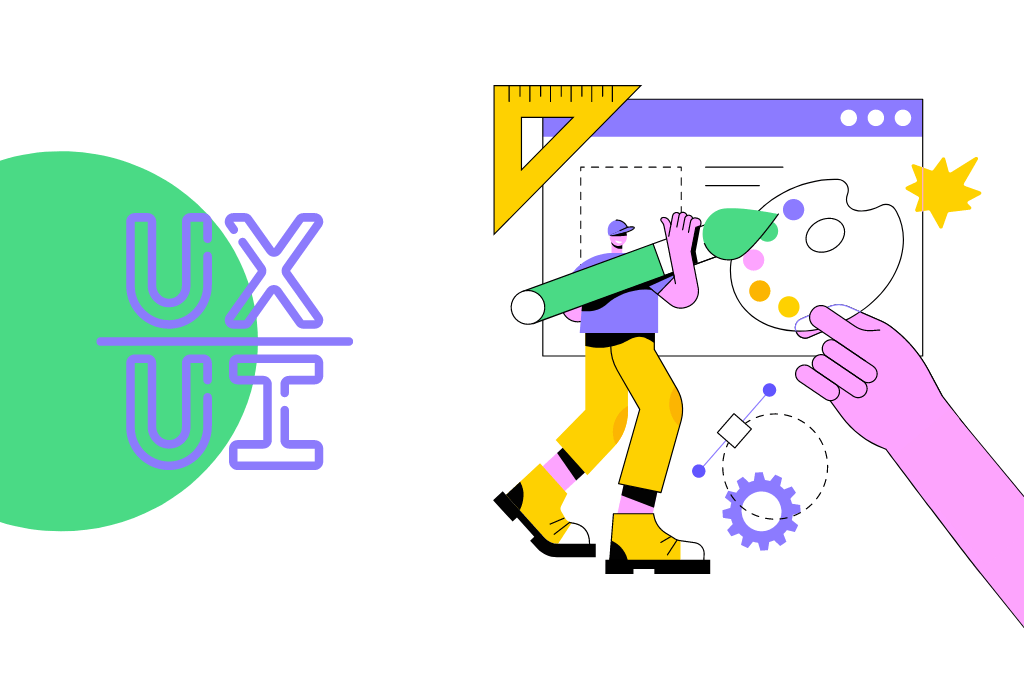UX Design for E-commerce

Online shopping has rapidly changed throughout the years; however, customers’ expectations remain the same: a smooth user experience.
Suppose you are the owner of an eCommerce store; In that case, your main goal should be the development of an effortless customer journey, taking into consideration speed and convenience as well as the needs and objectives of the end user.
What is UX (User Experience)?
User experience refers to the quality of the user’s interaction with the company and its products. At the same time, UX design encompasses the design team’s process of creating aesthetically pleasing interfaces that provide meaningful and relevant experiences to users.
The effectiveness of the UX design is based on how easy it is for a visitor who lands on your website to complete the desired action (whether that is the completion of a form or a purchase).
Why is it important?
A low-quality user experience pushes customers to abandon your website eventually and, in fact, 88% of users are unwilling to return to an online store after having had a disappointing experience.
On the contrary, if you focus on providing a remarkable experience, you will earn the trust of your customers, increase your conversion rate and encourage users to spend more on your products via cross-sell tactics.
Below is a list of actionable tips that will help you grasp the essential elements of UX:
1. Listen to your customers
The first step to improving user experience is listening to your users’ voices. The opinions of the end user are a fundamental tool as they can help you gain information and give you objective feedback.
Read all the reviews, especially the negative ones, answer every question, and provide a concrete solution.
2. Broken links and 404 pages
Unfortunately, since any online store has a list of numerous products, these complications could occur when adding and/or removing products.
This could negatively impact the user’s experience; thus, you must monitor the performance of your web pages and act as soon as you notice broken links or 404 pages.
3. Personalization
Personalization is one of the most effective ways to win the trust of your customers, provide an enhanced shopping experience and significantly increase sales.
A simple yet effective way to implement personalization on your website is by considering your visitors’ location via their IP address. For example, if someone is visiting from Spain, you could suggest products that your Spanish clients prefer – it will make them feel essential and entice them to buy.
You could also try to understand what your customers do care about while browsing your products and start recommending similar products with attractive offers.
4. Design
A customer’s first impression is often based on visually what your online store looks like. Their opinion is shaped based on the theme you used, the visual organization, the text’s size, your products’ images, and the layout in general.
75% of people base their opinion on a website concerning the aesthetics of the site itself.
To improve UX, choose a design that is as smooth and fluid as possible and, most importantly, easy to navigate on all devices.
5. Clarity
The description of the products for sale in as much detail as possible and the use of high-quality images from multiple perspectives are critical factors in enhancing user experience.
Additionally, if your e-commerce store offers multiple products, a user-friendly search function in the navigation bar, as well as the implementation of the right filters, will help your visitors find the product they have been looking for easily and quickly.